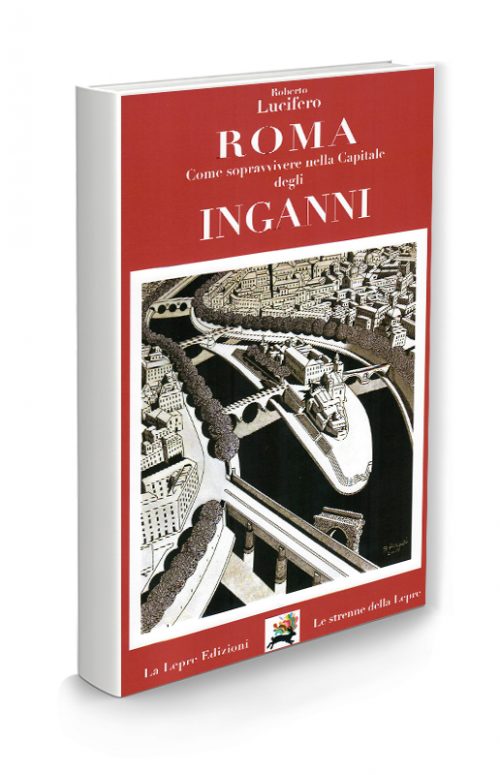

In other words, the seizure and preservation of a dominant position in the international system became possible because of a substantial prominence in the marine environment. It is evident that the common feature of the aforementioned powers has been their maritime power structure. In support of this argument, it is considered essential to compare the structure of former superpowers with the yet to be formulated Chinese.Īccording to numerous analysts including Modelski, through vast circles of conflict, global powers have successively been Portugal, Netherlands, Great Britain and the United States. Changes that have the ability to reshape, at least partly, the structure of world power. The forthcoming reductions of land transport in conjunction with the complicity of over 60 states, or two thirds of the world population, presage tectonic changes in the international system. The BRI aspires to overcome the geographical, political and economical barriers and strengthen the connectability between eurasian states. The impossible, until recently, economical bridging of various states in the Eurasian continent, as the inaccessible economies of Central Asia for instance, in the presence of China’s initiative seems now to be feasible. The ambitious attempt of reinstating the Silk Road through the construction of land corridors of communication alongside the Eurasian continent, if completed, results in the commercial and economic integration of Eurasia. However, how does the BRI relate to the aforementioned system, and what kind of change does its completion entail? This governmental program is twofold, since it concerns both land and sea.Īs Robert Gilpin very insightfully points out, a central factor of change in the international field is the wider communication and transportation system that prevails at times.

The BRI aims at building a broad network of railways, fiber optics, energy pipelines, highways and efficient border transit, both westwards, towards the former mountainous democracies of the Soviet Union, and south towards Pakistan, India and the rest of Southeast Asia. Undeniably, in spite of all other indications, the fast-paced rise of China can be detected more vividly in its global strategy of infrastructure development under the title Belt and Road Initiative, which the Chinese government implements since 2013 and continues to be the bedrock of its foreign policy. If one considers that between 2011-2013 China produced and made use of more cement than the US did throughout the entire twentieth century, while for the year 2015, at a relatively lower growth rate, China’s economy created a Greece every sixteen weeks or an Israel every twenty-five weeks, it is evident that China is on the road to becoming the biggest player in the history of humankind. Chinese thought and the structure of global power by dimitrisanagnostopoulos


 0 kommentar(er)
0 kommentar(er)
